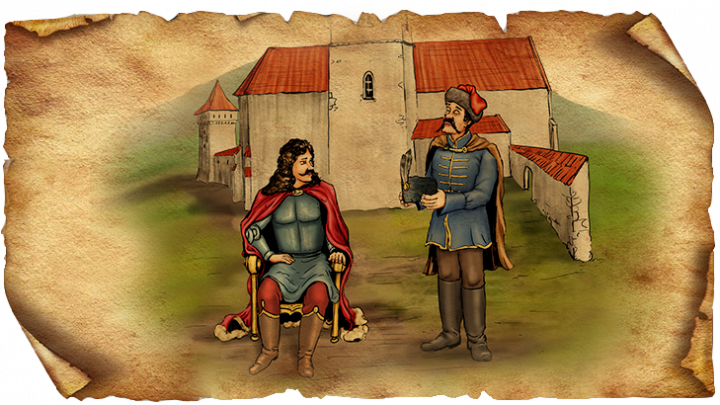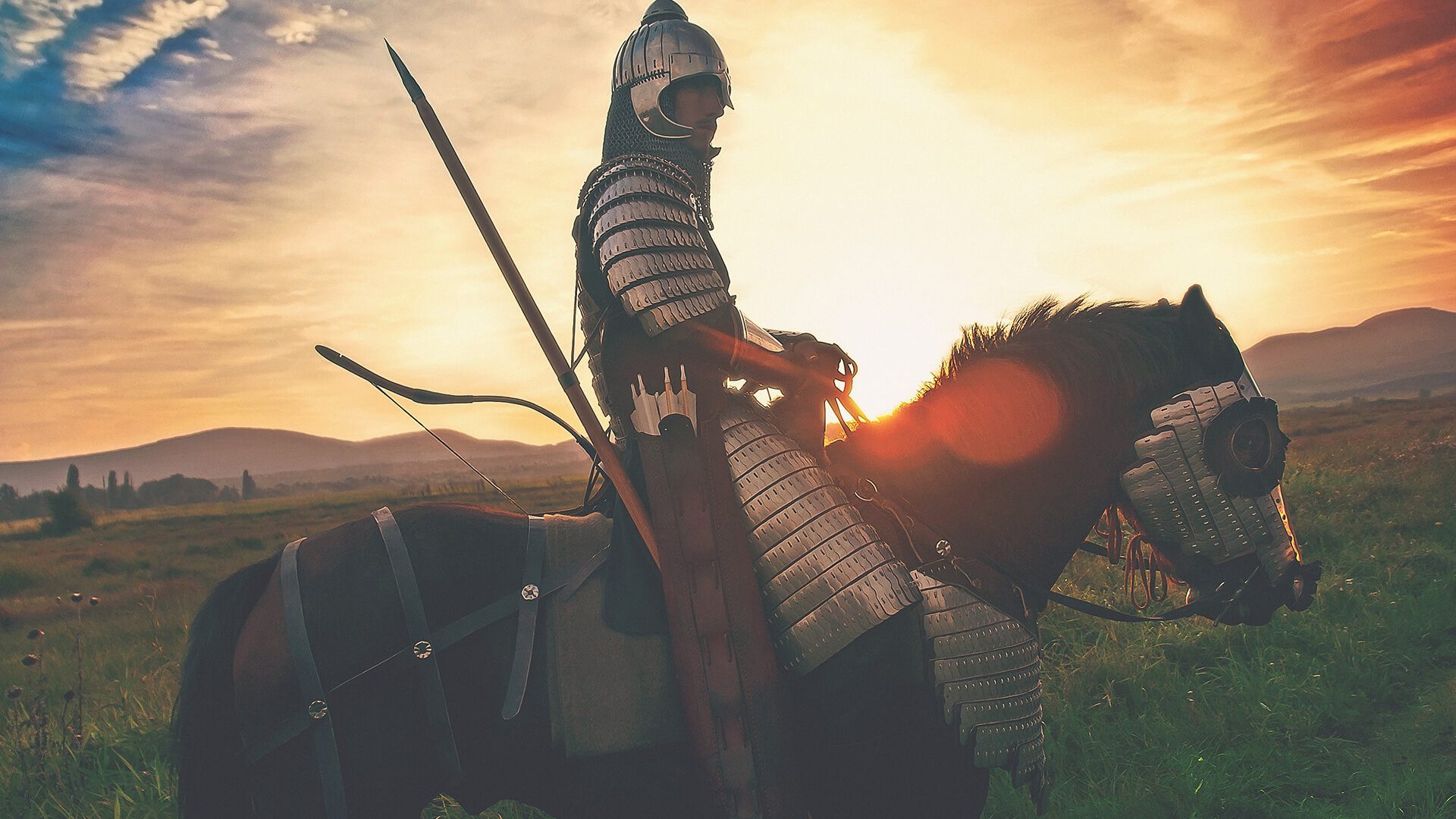History of Târgu Mureș

It is the commercial, industrial and intellectual center of Szeklerland, being one of the largest cities in Transylvania, on the banks of the Mures River. Its greatest attraction is undoubtedly the castle and the castle church, which resisted proudly against the storms in the past centuries. The city lies at the confluence of three major landscapes, the Mezőség / Câmpia Transilvaniei, the Mures Valley and the Nyárád / Niraj Region.
The downtown area of Târgu-Mureş surrounds the square of Roses with its many churches and baroque and Art Nouveau buildings. The Palace of Public Administration and the Palace of Culture are next to each other and the main square of the city is also decorated by the Church of St. John the Baptist and the remaining tower of the Monks’ Church. The building of the former church and monastery was demolished at the beginning of the 70’s when the National Theater was built, thus becoming a symbol of the destruction of Romanian socialism.
The most imposing medieval building of the city is undoubtedly the castle and the castle church. The fortress lying on a land of four and a half hectares, with seven bastions is one of the largest castles in Transylvania. In the southwestern part is the Reformed Castle Church. According to tradition, the first church built there was destroyed during the Tatar invasion in 1241, and the next one was surrounded by fortress walls in the 1480s. The castle still visible today was built at the beginning of the 1600s - at that time Tamás Borsos, the then city leader, fled to Brasov at that time, and then returned home to convince the citizens of the city of the need to build the castle. The fortress served as a military building until 1962, and then the buildings in it were converted into museums and event rooms.
Near the castle, the famous Teleki Téka is also located in the city center, where one of the oldest and most important books collection in Transylvania is preserved. Many outstanding personalities of Hungarian and Transylvanian Romanian culture also studied in the „Bolyai Farkas” Theoretical High School with a great history. Marosvásárhely / Târgu Mureș, after Cluj-Napoca, is one of the most important cities of Transylvanian culture with its theaters, libraries, and enjoyable, regular and periodic events throughout the year.
In addition to the monuments and downtown attractions, the highest point of Târgu Mureş, / Cornesti Plateau is perhaps the most important tourist attraction, including the zoo functioning since the early 1960s. From Somostető surrounded by forests, several tourist routes, such as the Terebics or the Cinege Plateau, lead to the vicinal excursion destinations.
Marosvásárhely / Târgu Mureş is a citadel in Transylvania - an unforgettable place in the region, with many attractions and a special historical atmosphere.
The downtown area of Târgu-Mureş surrounds the square of Roses with its many churches and baroque and Art Nouveau buildings. The Palace of Public Administration and the Palace of Culture are next to each other and the main square of the city is also decorated by the Church of St. John the Baptist and the remaining tower of the Monks’ Church. The building of the former church and monastery was demolished at the beginning of the 70’s when the National Theater was built, thus becoming a symbol of the destruction of Romanian socialism.
The most imposing medieval building of the city is undoubtedly the castle and the castle church. The fortress lying on a land of four and a half hectares, with seven bastions is one of the largest castles in Transylvania. In the southwestern part is the Reformed Castle Church. According to tradition, the first church built there was destroyed during the Tatar invasion in 1241, and the next one was surrounded by fortress walls in the 1480s. The castle still visible today was built at the beginning of the 1600s - at that time Tamás Borsos, the then city leader, fled to Brasov at that time, and then returned home to convince the citizens of the city of the need to build the castle. The fortress served as a military building until 1962, and then the buildings in it were converted into museums and event rooms.
Near the castle, the famous Teleki Téka is also located in the city center, where one of the oldest and most important books collection in Transylvania is preserved. Many outstanding personalities of Hungarian and Transylvanian Romanian culture also studied in the „Bolyai Farkas” Theoretical High School with a great history. Marosvásárhely / Târgu Mureș, after Cluj-Napoca, is one of the most important cities of Transylvanian culture with its theaters, libraries, and enjoyable, regular and periodic events throughout the year.
In addition to the monuments and downtown attractions, the highest point of Târgu Mureş, / Cornesti Plateau is perhaps the most important tourist attraction, including the zoo functioning since the early 1960s. From Somostető surrounded by forests, several tourist routes, such as the Terebics or the Cinege Plateau, lead to the vicinal excursion destinations.
Marosvásárhely / Târgu Mureş is a citadel in Transylvania - an unforgettable place in the region, with many attractions and a special historical atmosphere.
